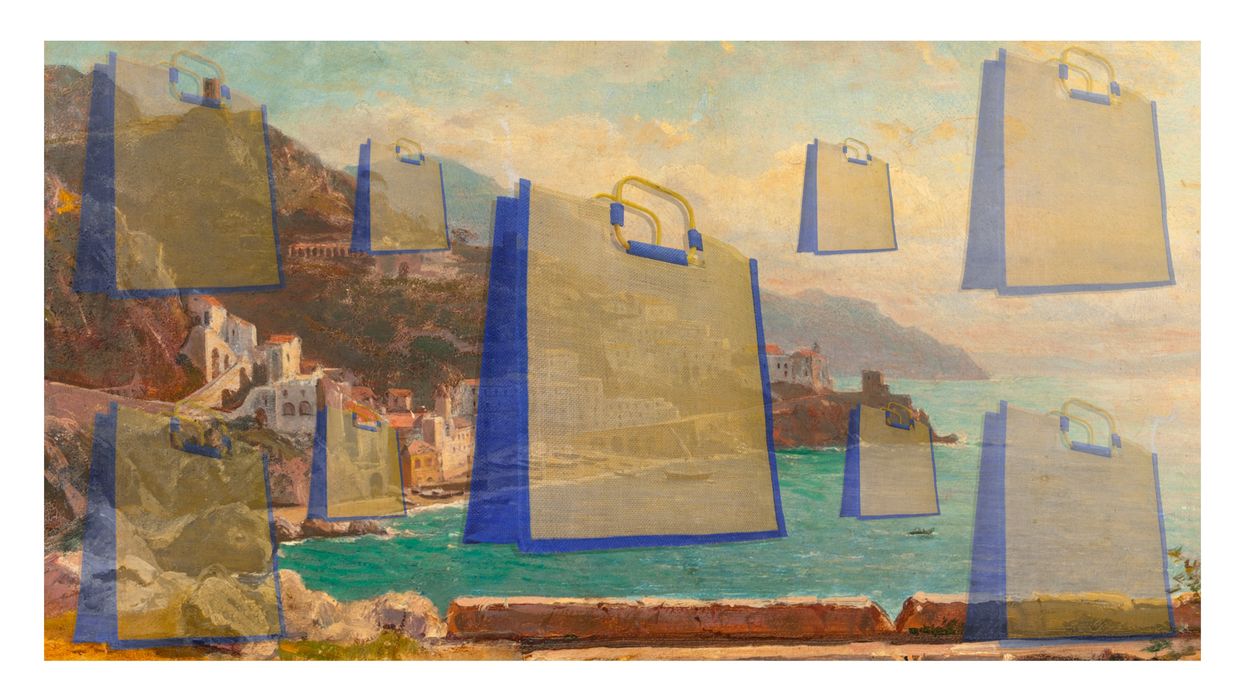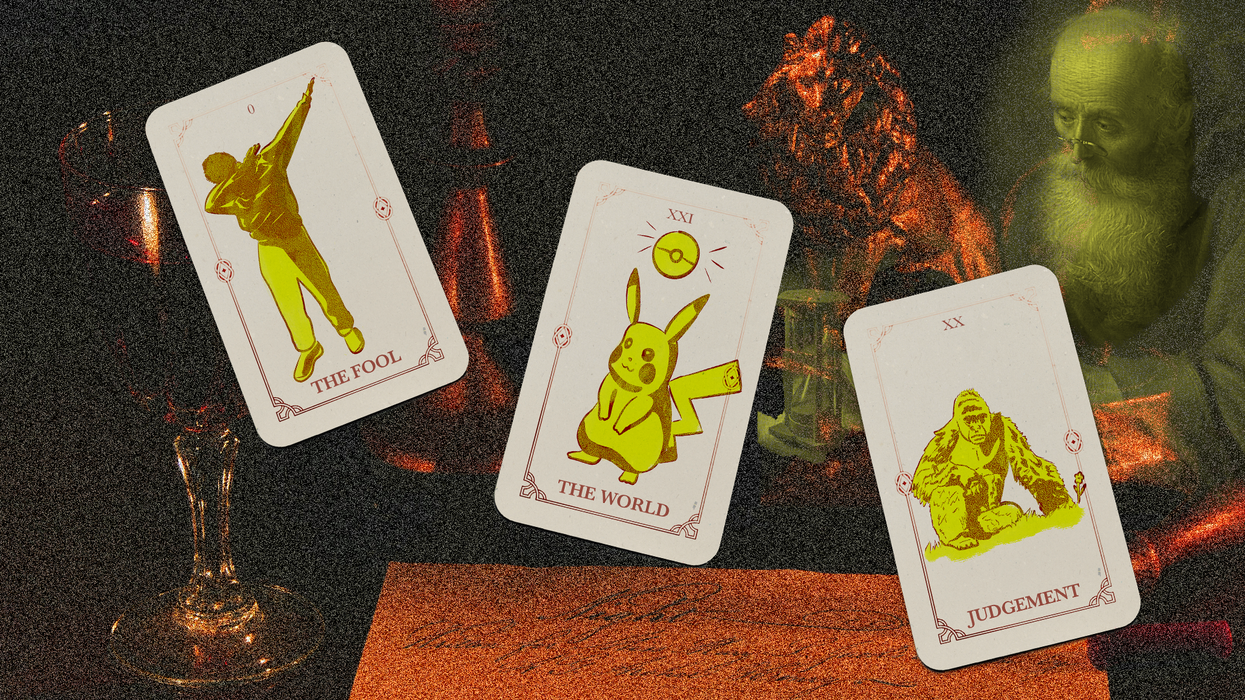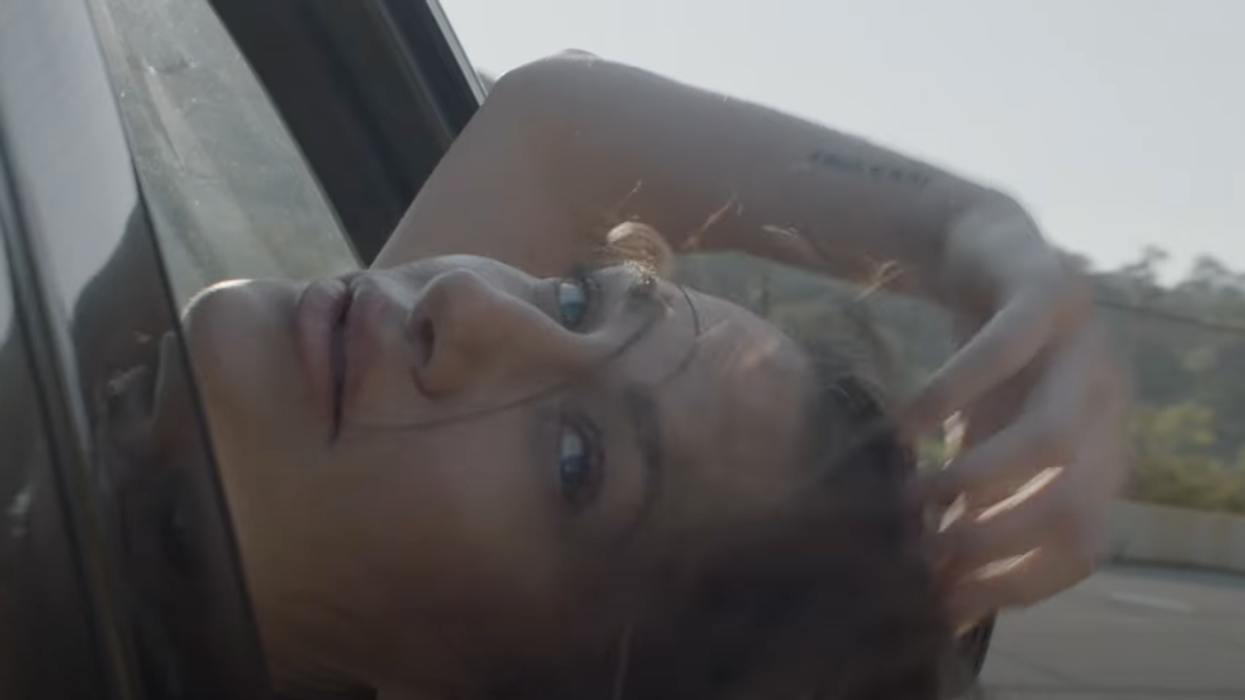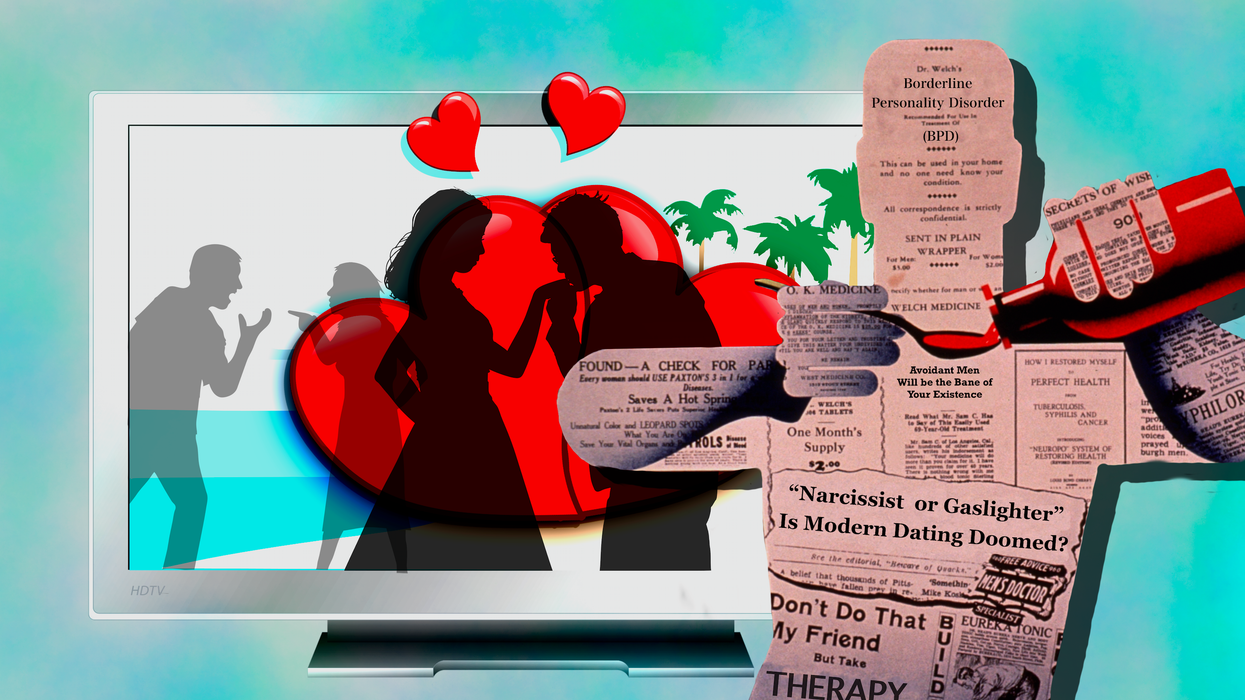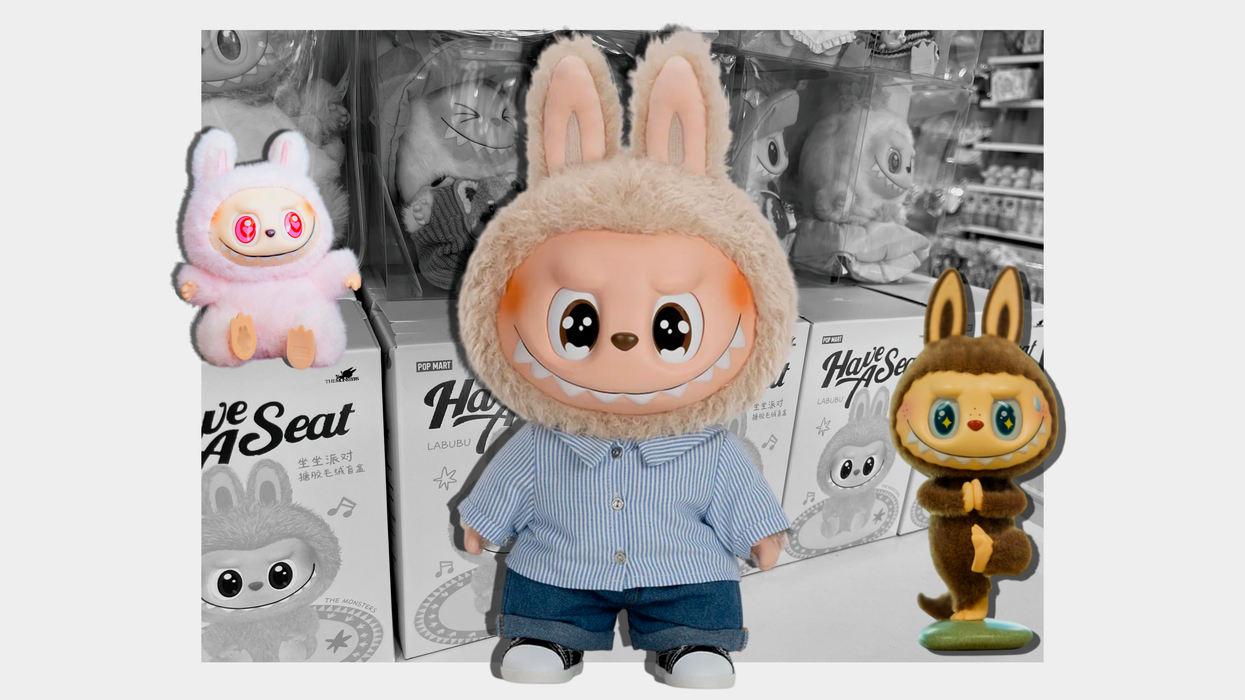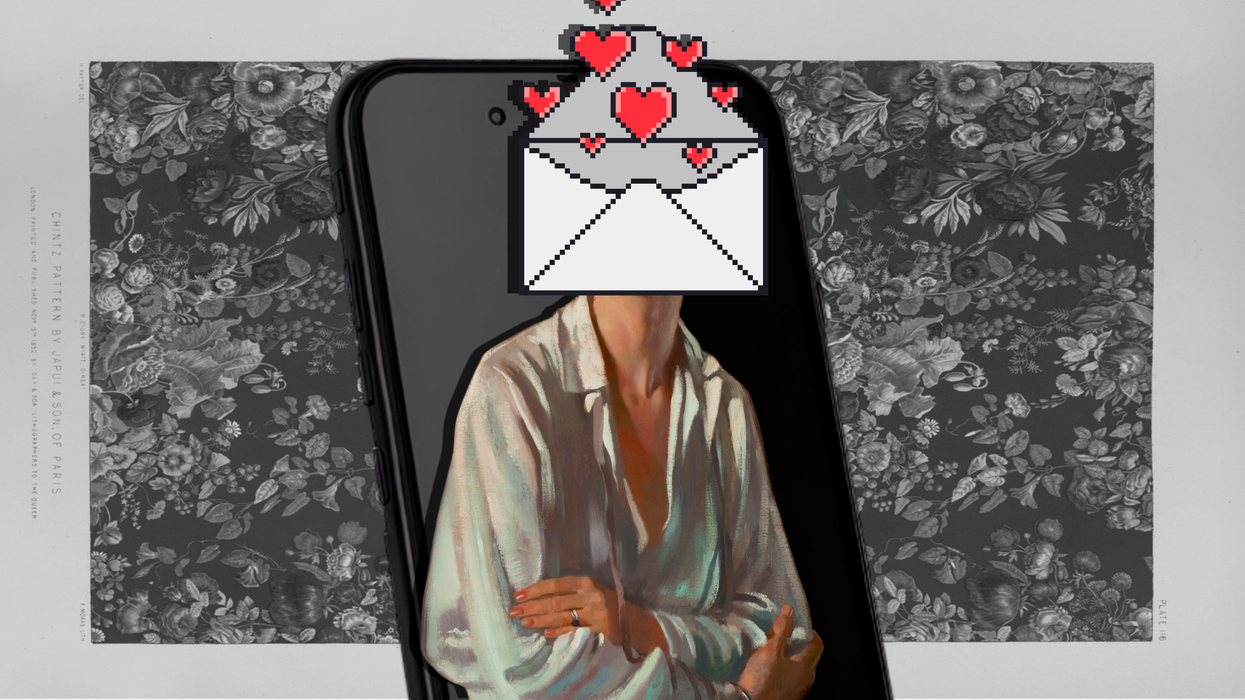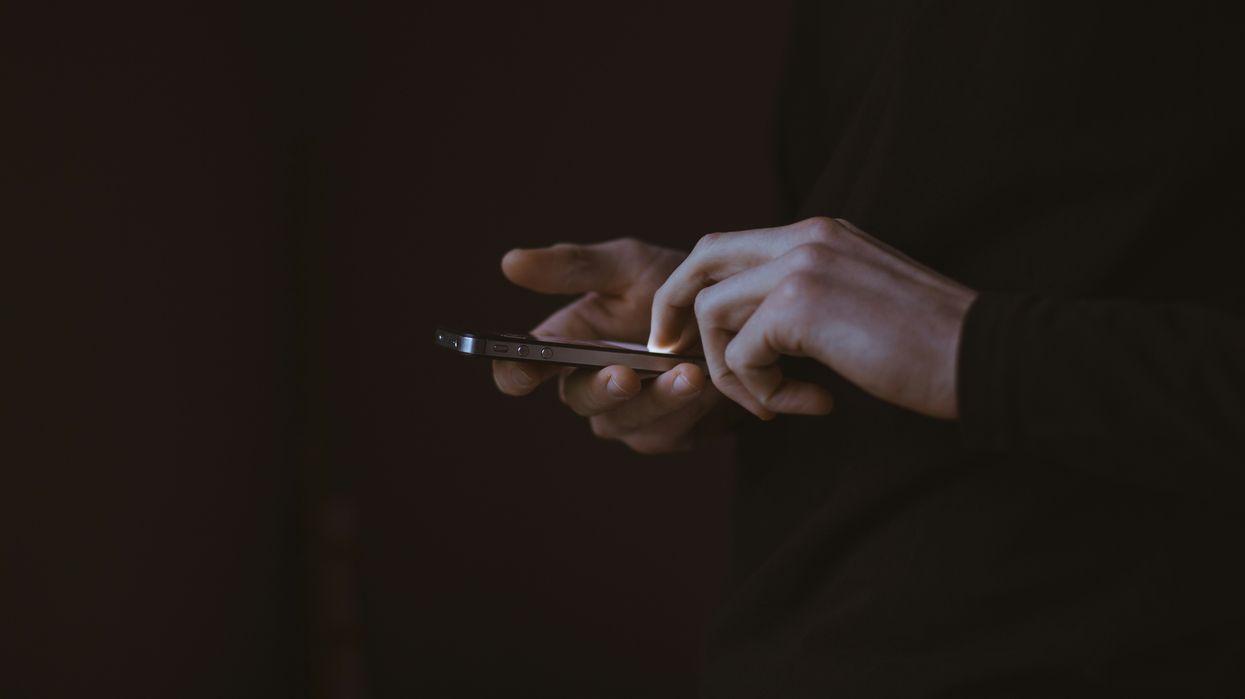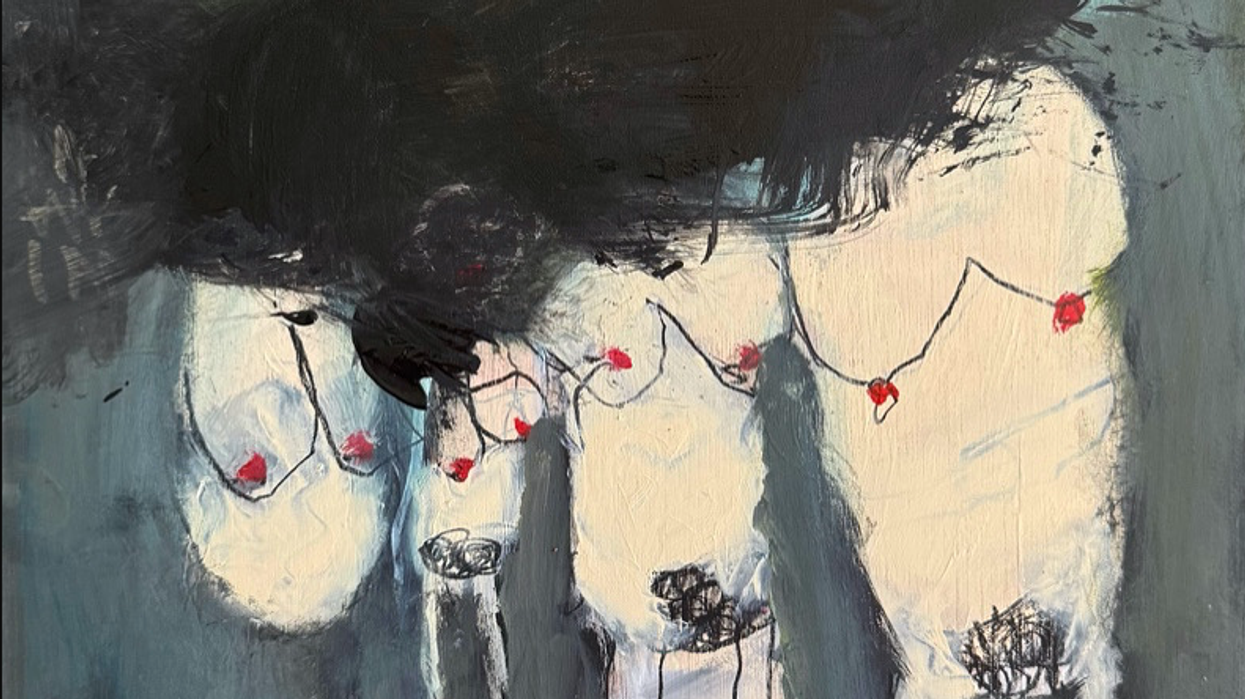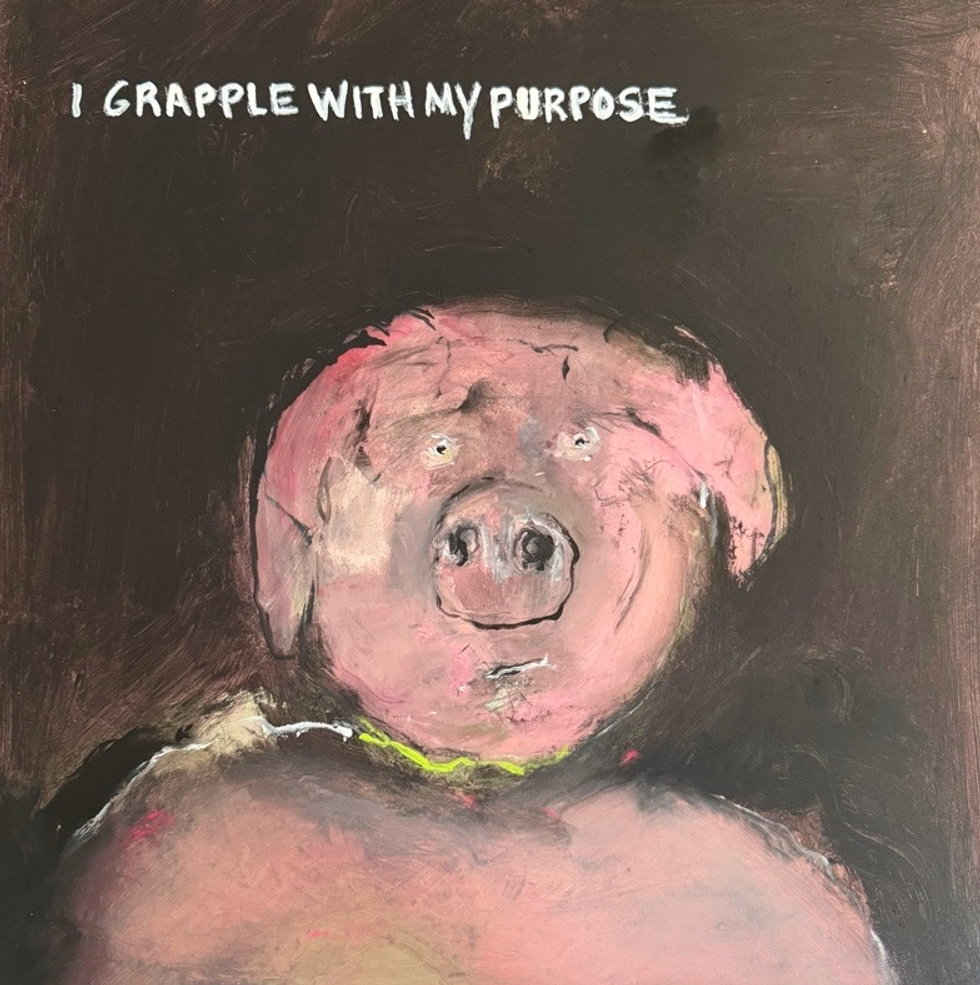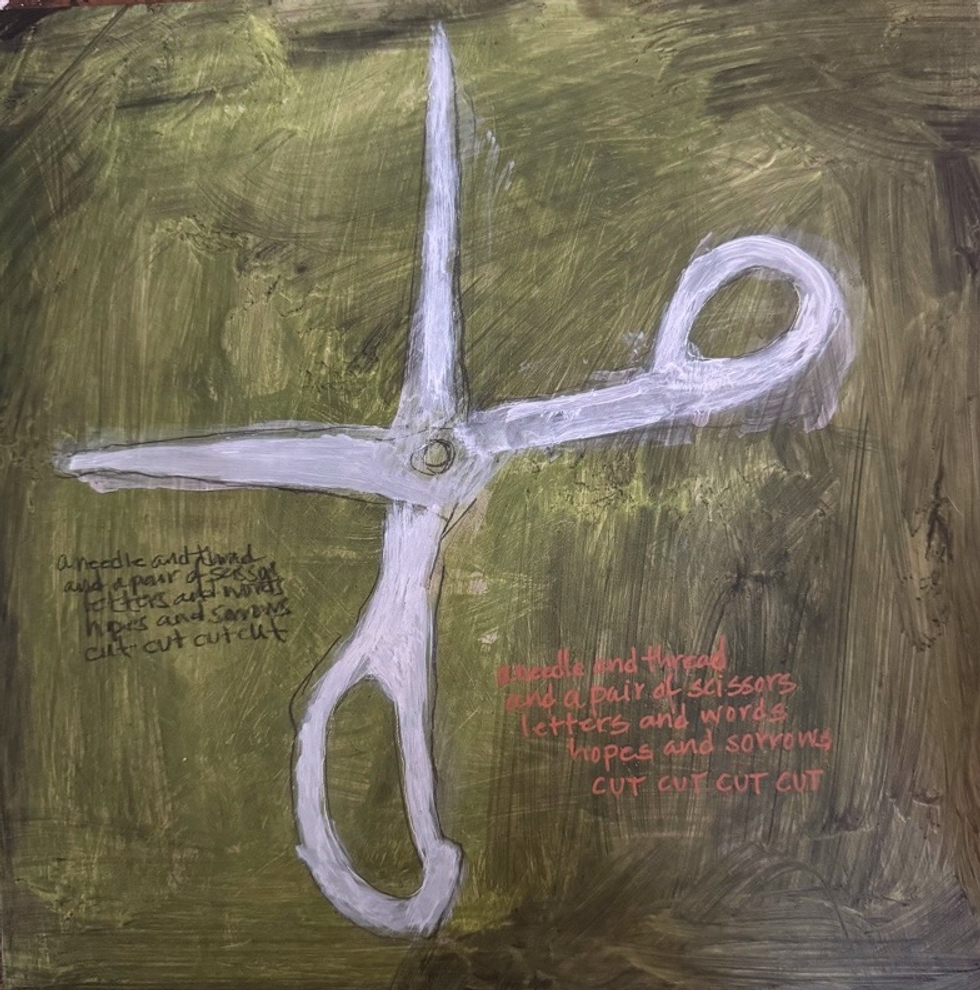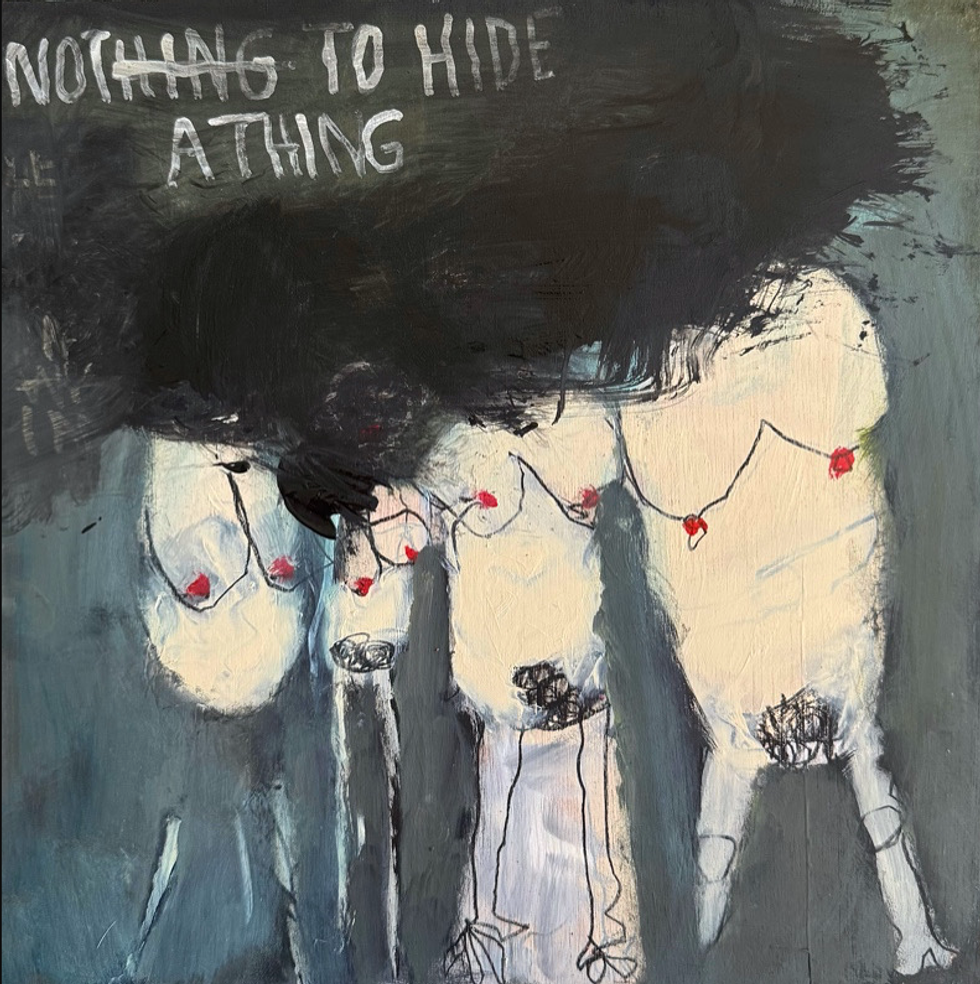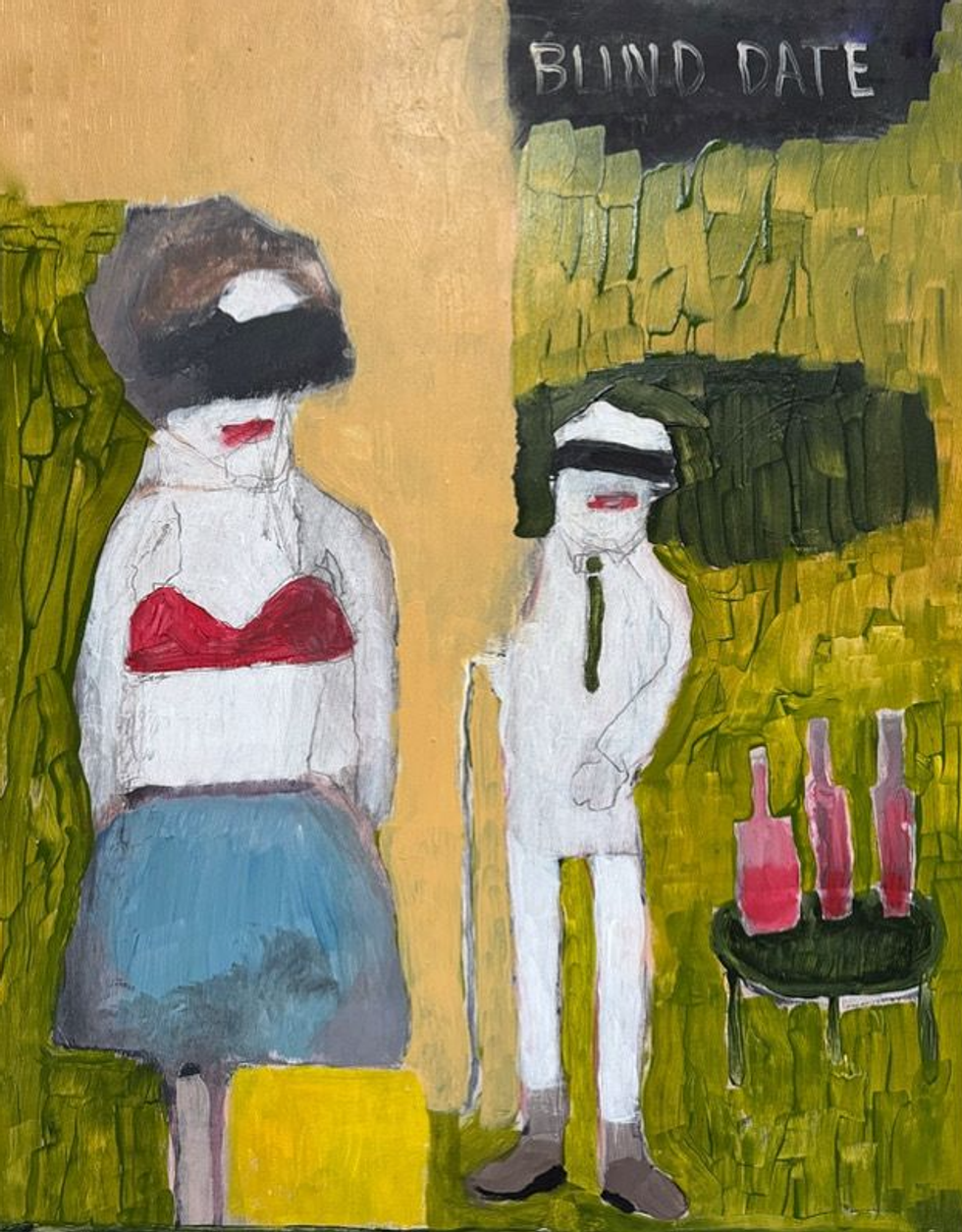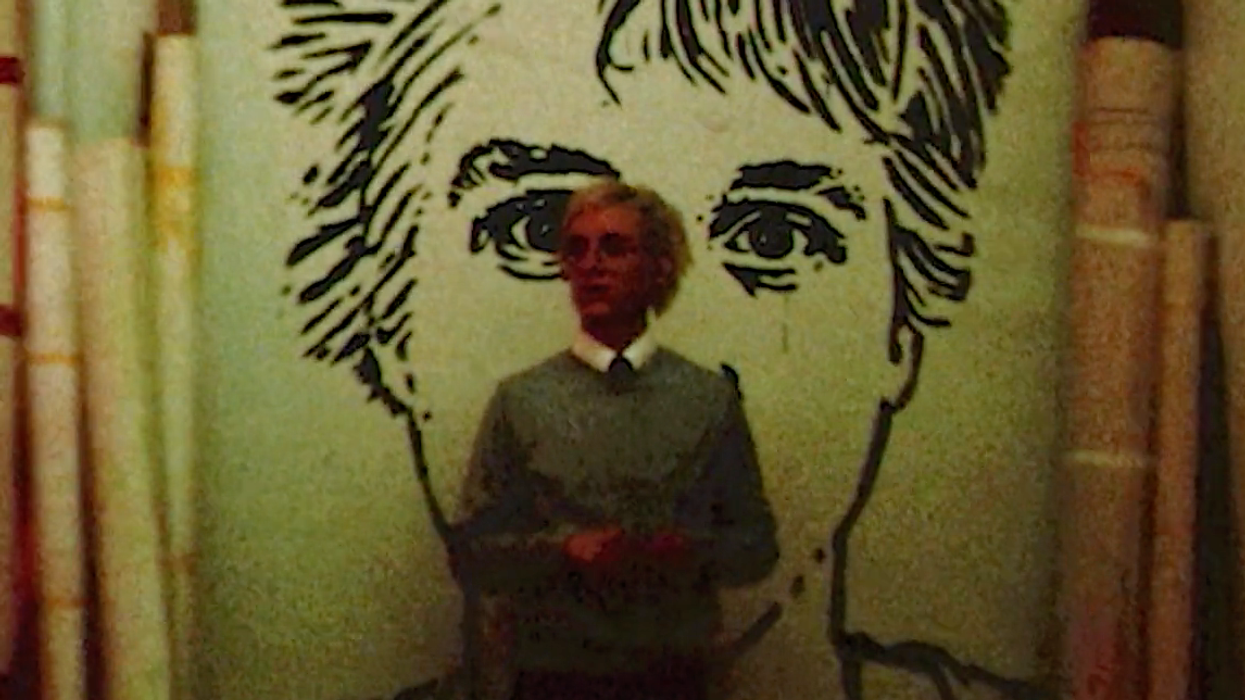I met my boyfriend on Hinge. On our first date, I bought him coffee. Twice. It wasn’t because he forgot his wallet. He just looked at me with that very specific kind of charm and said, “I don’t believe in transactions when it comes to connection.” He always orders his coffee black, with a splash of milk on the side. The first time I saw him do this, I realized I was sitting across from someone deeply committed to the performance of taste. This wasn’t just a drink. It was an aesthetic.
He was wearing a tattered vintage top layered under a denim jacket with enamel pins. One was of a cartoon duck. One just said, “existentialism.” I think he wanted me to ask about them, but I didn’t. There was a book in his pocket, a copy of A Little Book on the Human Shadow, visibly annotated with a singular bright neon post-it. When I asked what part he was on, he said, “Oh, I’ve read it before. I just carry it sometimes.”
That’s when I knew. I was dating a performative man.
You see, there’s a very particular type of man: millennial-adjacent, deeply online and always smelling faintly of cedarwood and irony. He is both painfully self-aware and completely committed to the bit. He’s the guy who brings a Joan Didion essay collection to the laundromat but somehow always loses his socks. He buys matcha, not for the flavor, but because “lattes are dystopian.” He thrifts relentlessly, climbs recreationally and posts the occasional “fit check” to his Close Friends story on Instagram. He is anti-capitalist, but only in Prada loafers.
He listens to Underworld when he’s feeling productive. Ka when he’s feeling things. Clairo when he’s cleaning, allegedly of course, because he really never cleans at all. But when he does, he always cleans with intention — earpods in, sleeves rolled up, incense burning. He pretends not to want compliments while scrubbing the stove like he’s auditioning for an A24 film.
Every once in a while, I catch him staring out the window like he’s in a montage. When I ask what he’s thinking, he’ll say something like, “I’m just noticing how the light hits the bricks right now” or “Do you ever think about how routine is its own kind of protest?” And I’ll just nod. Because I do. But also because I love how hard he commits to this character.
But here’s the truth: it’s not really a character.
Yes, he does perform the sort of masculinity you’d see in an L.E.S. experimental play. Yes, he owns one too many dated military pants and occasionally uses the word “zeitgeist” unprovoked. But beneath all that is someone tender, intentional and surprisingly earnest. He doesn’t just perform softness; he is soft. He texts his mom. He carries me over puddles of rain. He lets me cry without solving anything. When I was sick, he sat on the hospital bed beside me, watching Despicable Me 4, which neither of us had the energy to finish.
What I’ve learned is that performance doesn’t mean insincerity. Especially not for men like him: men raised online, disillusioned by stoicism and forced to find themselves in the fragments of pop culture, playlists and curated “niche” styles. If anything, his performative habits have made him more emotionally available, not less. They’ve made him aware of the image he projects and the meaning it carries. And when you’re aware of how you’re seen, you tend to look more closely at others, too.
So yes, he’s a little ridiculous. But so am I.
I make fun of him for the milk cup, the book he carries more than he reads and the climbing shoes on his carabiner, attached to the $60 tote. But I also ask him to keep doing it. Because in a world full of people trying to be “real,” I’d rather be with someone who chooses to be thoughtfully made-up. Someone who knows it’s all a performance and still chooses love as the final act.

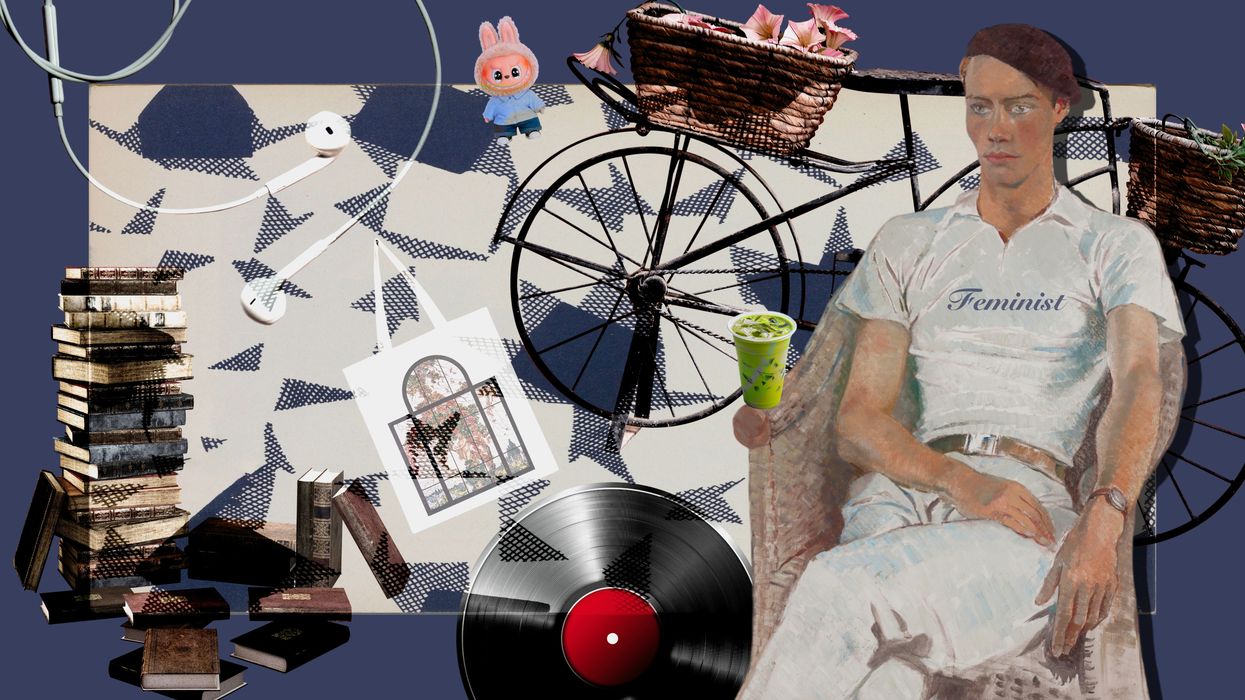
![[10/10] La Chimera: A Dreamlike Descent Into Grief, Memory and Myth](https://vextmagazine.com/media-library/image.png?id=61454821&width=1245&height=700&quality=90&coordinates=0%2C0%2C1%2C0)

